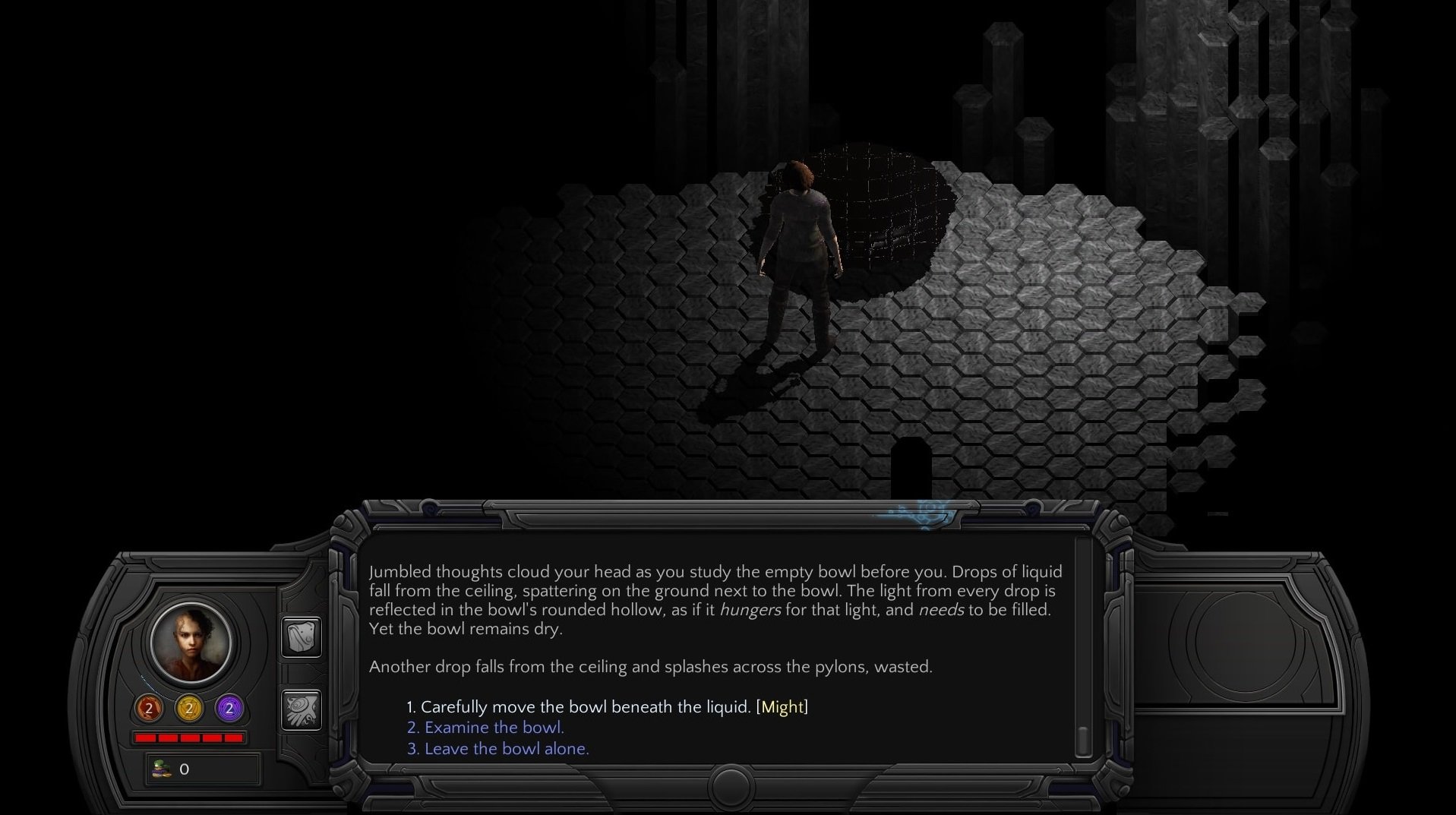

You may not end up getting Lore: Machinery yourself, but if one of your party does then you can use their expertise as a boost when required.Įach of the six companions can be found in the first major city hub, Sagus Cliffs. Keep that in mind when putting your party together, so you have a nice broad range of skills covered.

You can also make use of their skills and stat pools during many of the skill check events in the game.

In Torment: Tides of Numenera, party companions won’t just help you during a Crisis combat encounter. Not absolutely necessary though – I finished the game without the Last Castoff being training in any of those things. If you’re planning to get into a fight or two, some skill in Light, Medium or Heavy weapons will obviously be helpful. You definitely want to be able to tinker with this. I ended up as a Jack with a heavy investment in Intellect (for speech checks and various other reasons). The three playable ‘classes’ (Glaive, Jack, Nano), broadly correspond to the three main stats Might, Speed, Intellect, respectively. You can’t choose every useful skill (of course), and Torment: Tides of Numenera gives you plenty of ways (companions, other quest options) of getting around character limitations. Part of the joy of these games is roleplaying as the character you want to be, so don’t take any of this as the gospel truth and one true path. If you’re reading this in six months time (or more) then certain aspects may have changed, patched, and so on. These are my experiences with the review build of the game. But if you need a little more help with getting started, finding party companions, or navigating to useful parts of the Sagus Cliffs area, then read on. If you’ve played the original Torment, or are a regular player of cRPGs, you should be just fine. Torment: Tides of Numenera is a game of many words, and the early parts of the saga can be somewhat overwhelming without a helping hand.


 0 kommentar(er)
0 kommentar(er)
